The realms of dark fantasy and horror constantly evolve, with readers hungry for fresh nightmares and unexplored mythologies. In the vibrant landscape of contemporary Indian genre fiction, author K. Hari Kumar has carved a powerful niche. He masterfully blends ancient Indian folklore and deep Indian mythology with the anxieties of modern life, creating chilling narratives that resonate with a unique, terrifying familiarity. His work begs the question: how does this distinctive style measure up against other giants of dark and mythological storytelling?
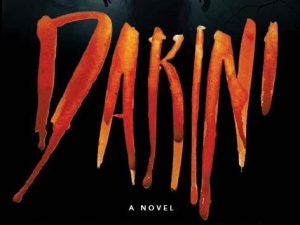
Decoding K. Hari Kumar’s Signature Style
Through acclaimed works like Dakhma, Dakini, and the anticipated dark fantasy with HarperCollins, several core elements define K. Hari Kumar’s contribution to horror, Indian mythology and dark fantasy:
Weaving Indian Mythology into Modern Life
Perhaps Hari Kumar’s most defining trait is the seamless integration of rich Indian mythology – featuring beings like Rakshasas, Nagas, Dakinis, and Bhutas, alongside concepts like Patala and Shoonyata and regional spirit worship – into recognizable contemporary India. His stories aren’t just set in India; they feel intrinsically born from its diverse cultural and mythological tapestry. Settings like urban Gurgaon, Mumbai or specific locales in Kerala, coastal Karnataka or Assam become hunting grounds for ancient evils, blurring the lines between the mundane and the mythical in a style reminiscent of urban fantasy but deeply rooted in specific Indian folklore.
The Embrace of Dark Fantasy and Horror
While grounded in fantasy, Hari Kumar’s work leans heavily into darkness. This isn’t just about supernatural monsters; it’s a deep dive into psychological horror. Characters grapple with trauma (Anahita in Dakhma), complex pasts (Mamta in Dakini), and crippling anxieties (Adwait in Rakshasa). This internal struggle unfolds alongside visceral scares and the grim realities of human corruption, showcasing how ancient evils often thrive amidst modern failings. This potent mix solidifies his place within dark fantasy and modern horror literature.
Relatable Characters, Unrelatable Threats
Hari Kumar excels at creating vulnerable protagonists. His characters are often deeply flawed, battling self-doubt, societal pressures, or past traumas even as they confront terrifying supernatural forces. This focus on character vulnerability makes the fantastical dangers feel more grounded and raises the stakes, making the horror intensely personal.
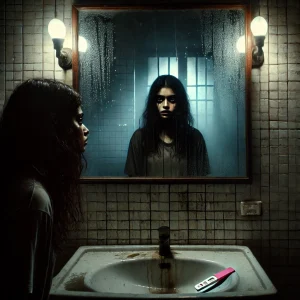
Intricate Plots and Ancient Secrets
His narratives often employ multiple viewpoints and converging storylines. This complex plotting gradually unveils intricate mysteries and deep-seated conspiracies, revealing how ancient secrets and dormant mythological forces continue to impact the present day.
K. Hari Kumar in the Landscape of Dark Fiction: Comparisons
Where does K. Hari Kumar’s blend of Indian mythology and contemporary horror fit?
- vs. Neil Gaiman: Like Gaiman (American Gods, Sandman), Hari Kumar reveals the magic and myth simmering beneath the surface of everyday life. Both explore ancient powers influencing modern times. However, Gaiman often uses a global mythological palette with lyrical prose, while Hari Kumar focuses intensely on Indian folklore with a grittier, more direct horror sensibility.
- vs. Stephen King: King grounds his horror in relatable, everyday American life. Hari Kumar achieves a similar grounding using contemporary India and flawed protagonists. Like King uses Maine, Kumar uses the places where he was brought up like Gurgaon or Kerala in his narratives. Both explore the darkness within ordinary people facing the extraordinary. The key difference lies in the source: King often uses Western horror tropes or original monsters, whereas Hari Kumar’s threats are predominantly drawn from the vast wellspring of Indian mythology.
- vs. Clive Barker / China Miéville: Readers appreciating intricate world-building and visceral dark fantasymight see parallels. However, Barker and Miéville often construct wholly original secondary worlds or “New Weird” realities. Hari Kumar’s strength lies in reinterpreting and integrating existing, deeply rooted Indian mythological frameworks into our world.
- vs. R.F. Kuang / Tasha Suri: Like Kuang (The Poppy War) and Suri (The Jasmine Throne), Hari Kumar draws from non-Western history and mythology for dark narratives. But while Kuang and Suri often build secondary-world or historical fantasies focusing on empire and war, Hari Kumar uniquely fuses epic mythological stakes with the immediate reality of modern India.
A Unique Voice: Contemporary Indo-Gothic Horror?
What emerges is a distinct style – perhaps best described as “Contemporary Indo-Gothic” or Modern Indian Dark Fantasy. K. Hari Kumar masterfully synthesizes the anxieties and realities of present-day India with the timeless terror of its own ancient myths. His characters wrestle with relatable issues like career pressures and relationship troubles while confronting entities (Damini’s, Yakshinis, Rakshasas and Naagas) drawn from Puranic tales and regional legends.
This specific fusion – the Mumbai high-rise haunted by a Dakini, psychological trauma mirroring ancient curses, political corruption enabling monstrous forces – defines his unique contribution to Indian genre fiction. His work has even attracted academic attention, highlighting its nuanced exploration of myth in modern contexts. He isn’t just retelling myths; he’s showing them breathe, bleed, and break into our contemporary world.
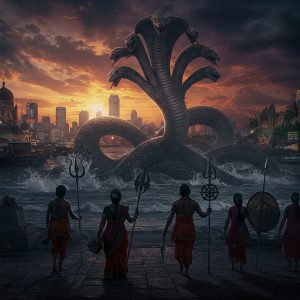
Dakhma, Dakini and Beyond
For readers seeking complex, atmospheric dark fantasy and horror that steps beyond familiar Western tropes, K. Hari Kumar offers a compelling and vital voice. He delves into the shadowy corners of Indian mythology and folklore, grounding ancient terrors in the soil of contemporary India. His stories in works like Dakhma and Dakini remind us that the oldest monsters might be waiting just beyond the glow of our screens, hidden in the monsoon mist, or buried in the secrets of home. He is a key figure shaping the future of modern Indian horror and mythological fantasy.
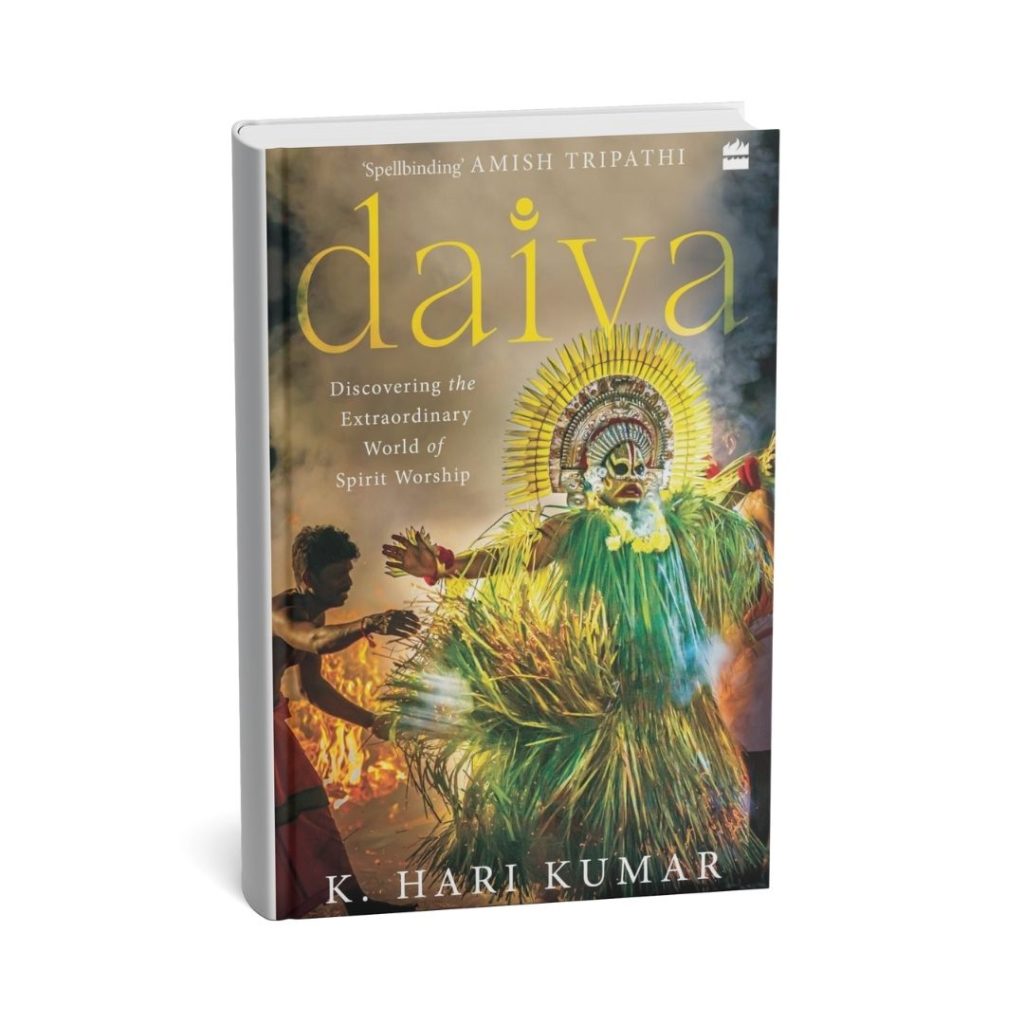
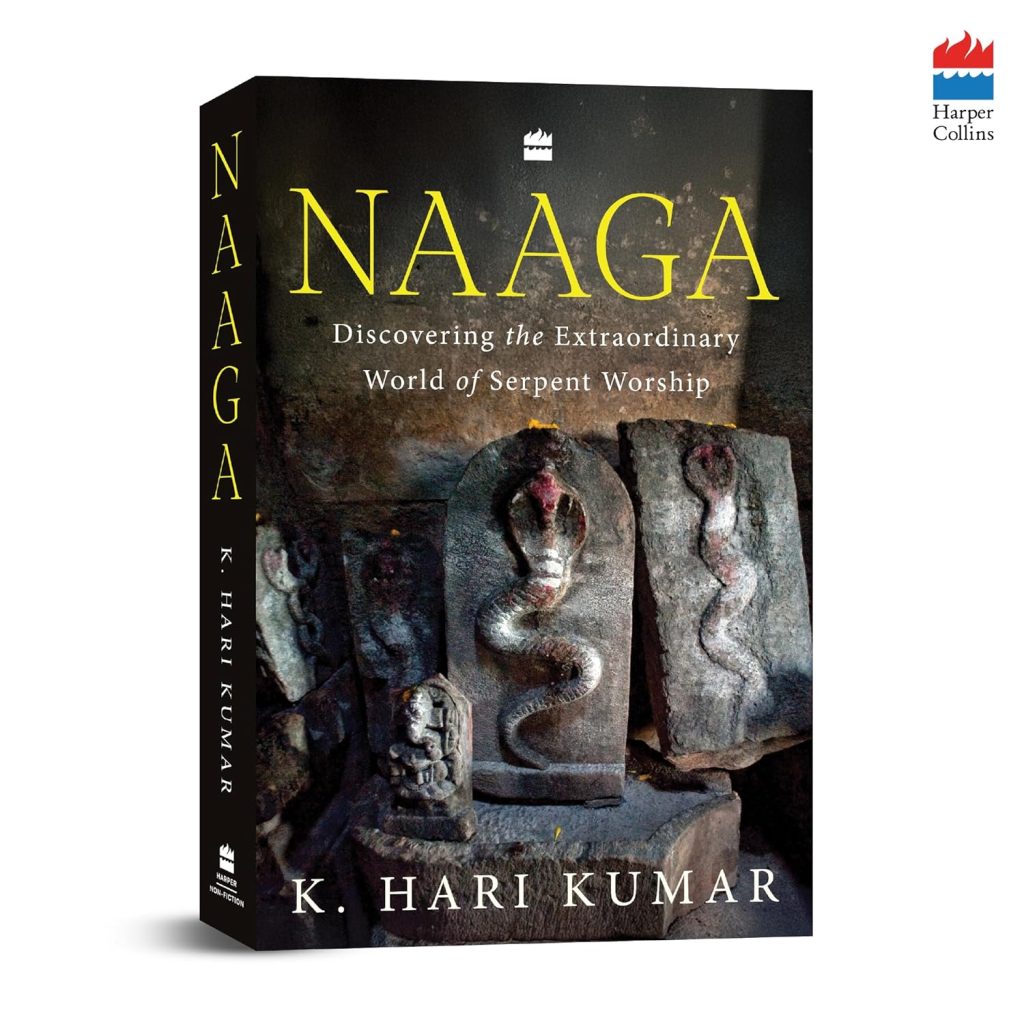
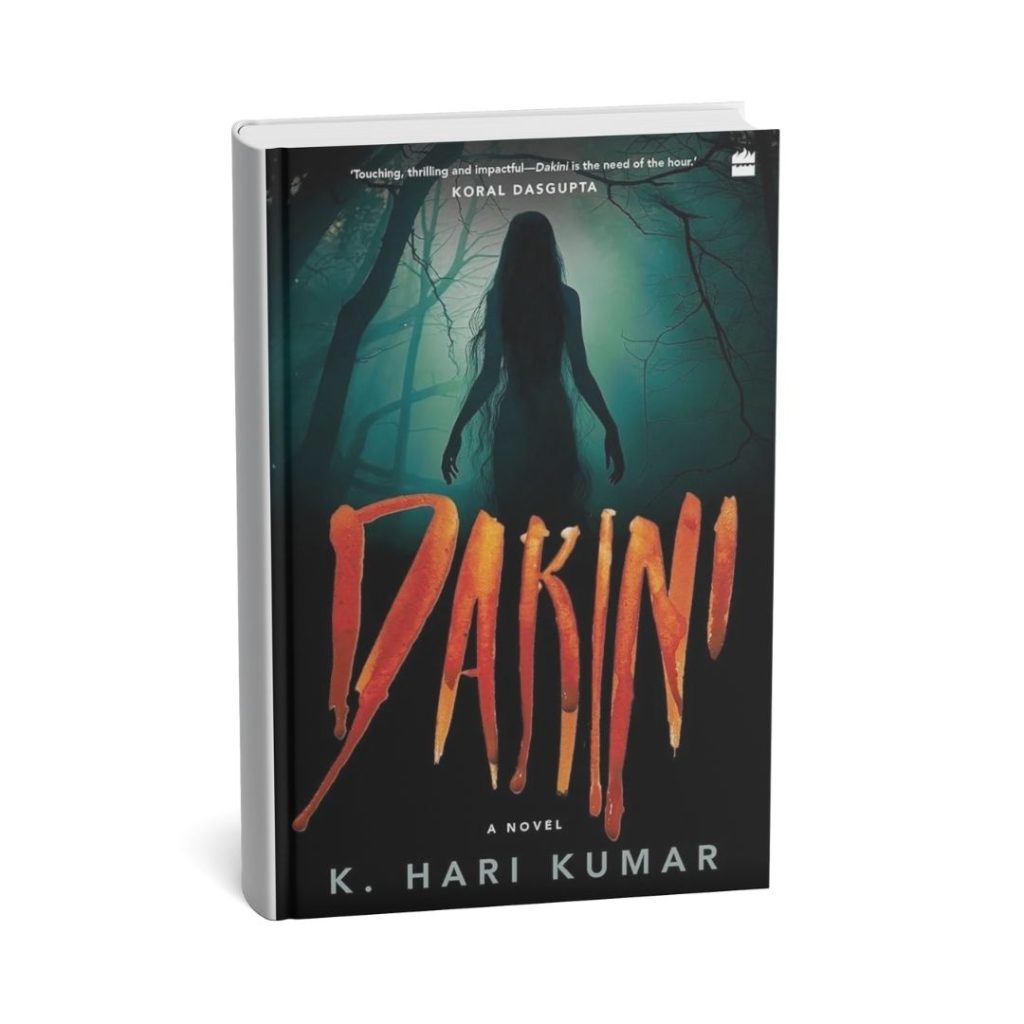
Leave a Reply